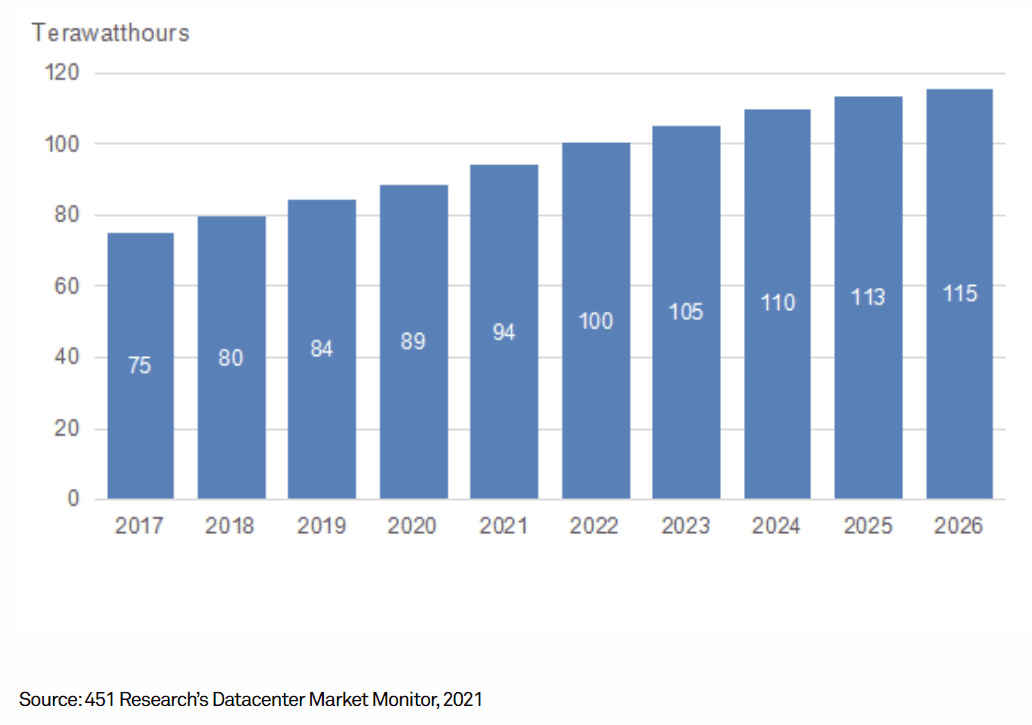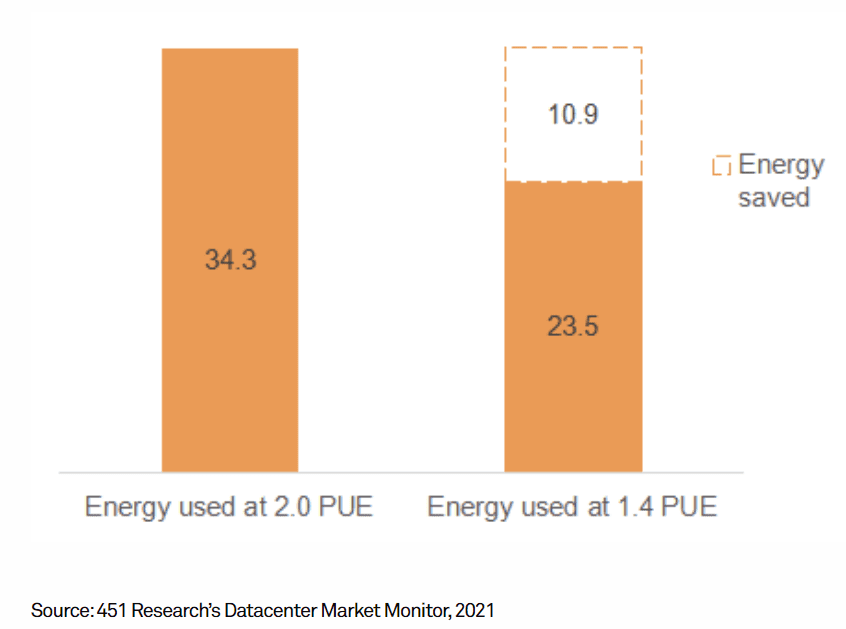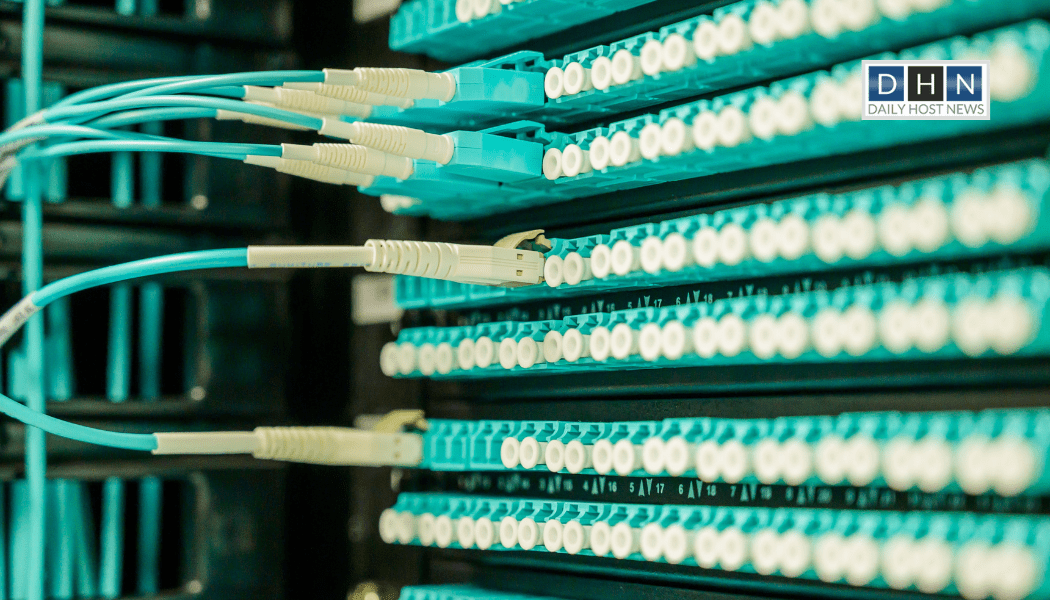The amount of power used by data centers is attracting a lot of attention. Governments are trying to reduce greenhouse gas emissions, and the industry is looking into new ways to address the problem. However, most of the focus is on new and proposed data centers. This is keeping a vast number of older and inefficient data centers out of focus. These older and less efficient data centers would make a dramatic difference in terms of energy usage for IT overall.
Power usage effectiveness (PUE) which generally measures data center efficiency is an imperfect measure as it can change for the same facility depending on a variety of factors. However, improving a data center’s efficiency can cause a significant difference in the amount of power used overall. As the number of these digital infrastructure facilities of all sizes continues to rise, they are attracting attention due to the amount of power they use, especially because countries are looking to reduce their carbon footprint.
Research by S&P Global estimates that around 94 terawatt hours of power is annually consumed by data centers, including enterprise, hyperscale, and leased data centers in Western and Eastern Europe.

Estimated power usage by all types of data centers in Europe

Estimated power consumption by enterprise datacenters in Europe and potential savings from reduced PUE (terawatt hours)
Steps that can be taken to reduce the IT carbon footprint
- To reduce electricity usage, start with shutting down “zombie servers” that use electricity but no longer have workloads or data on them. Use newer, more efficient servers.
- Consolidate workloads to have more load per server, so that the total number of servers can be reduced and utilization of each one is improved.
- According to the research, running business applications on cloud infrastructure in Europe could reduce associated energy usage by nearly 80% compared to on-premises enterprise datacenters. Therefore, public cloud servers are much more efficient than enterprise-operated servers.
- The efficiency of enterprise-owned servers can be improved by boosting their utilization and increasing the number of newer servers. As enterprises have growing “edge” deployments, servers and other IT equipment that are outside of large datacenters, improving the efficiency of enterprise-operated servers becomes important.
Larger deployments can improve their carbon footprint by improving the efficiency of the facilities that house the servers and other equipment such as enhancing the cooling system. This usage is reflected in the PUE. It is the ratio of the total amount of power needed to operate the data center divided by the power required to run computer equipment. A lower value indicates that less additional power will be required to run the facility than what is required for servers or networking equipment.
The research found that European enterprises recorded an average PUE of 2.1, while most cloud data centers aim for an average PUE of 1.3-1.4 or lower.
Recommendations to improve data center efficiency measured by PUE
- Datacenters can lower their PUE by using outside air to cool the facility instead of traditional chillers. Datacenters can take advantage of relatively cool, dry climates for this type of cooling.
- Using liquid cooling instead of air cooling can lower the PUE of data centers.
- A highly utilized facility is capable of achieving PUEs of 1.4, 1.3, or even as low as 1.1 on occasion by using efficient cooling systems along with hot or cold aisle containment systems and more efficient electrical distribution systems.
Even though making data centers more efficient would be a key part of sustainability programs as it is something that organizations look at, it is difficult to update older data centers when they are running, and also much expensive. Therefore, although the technology exists, most data centers are not updated. Only the new and upcoming facilities are typically equipped with it.
Source: S&P Global report
Read next: How data centers can reduce their energy footprint: Energy management guidelines by Uptime Institute








